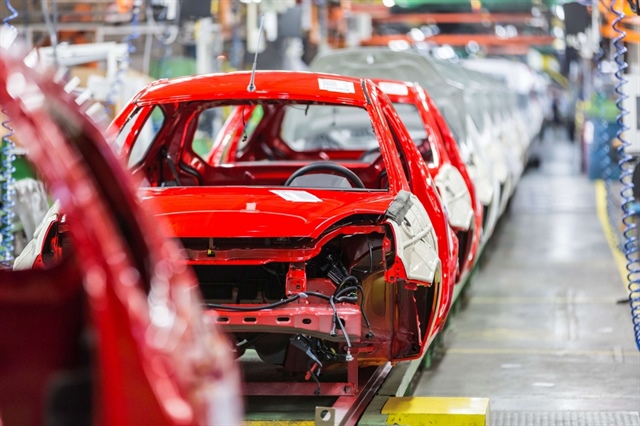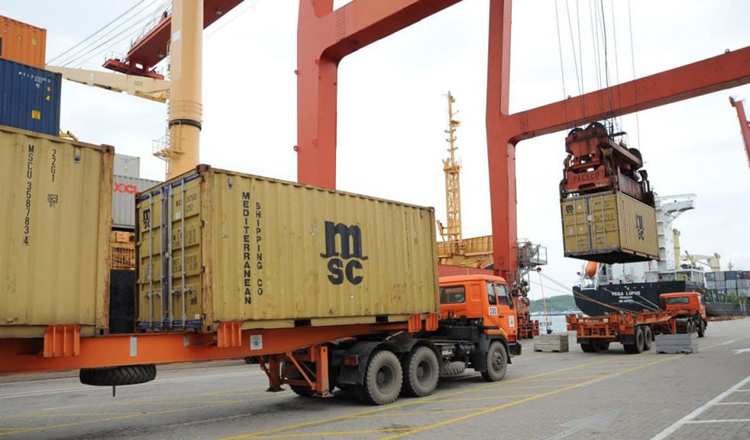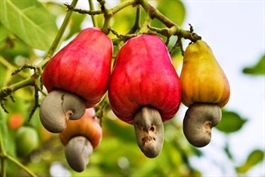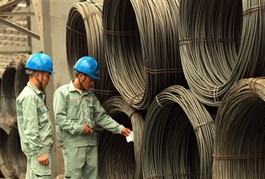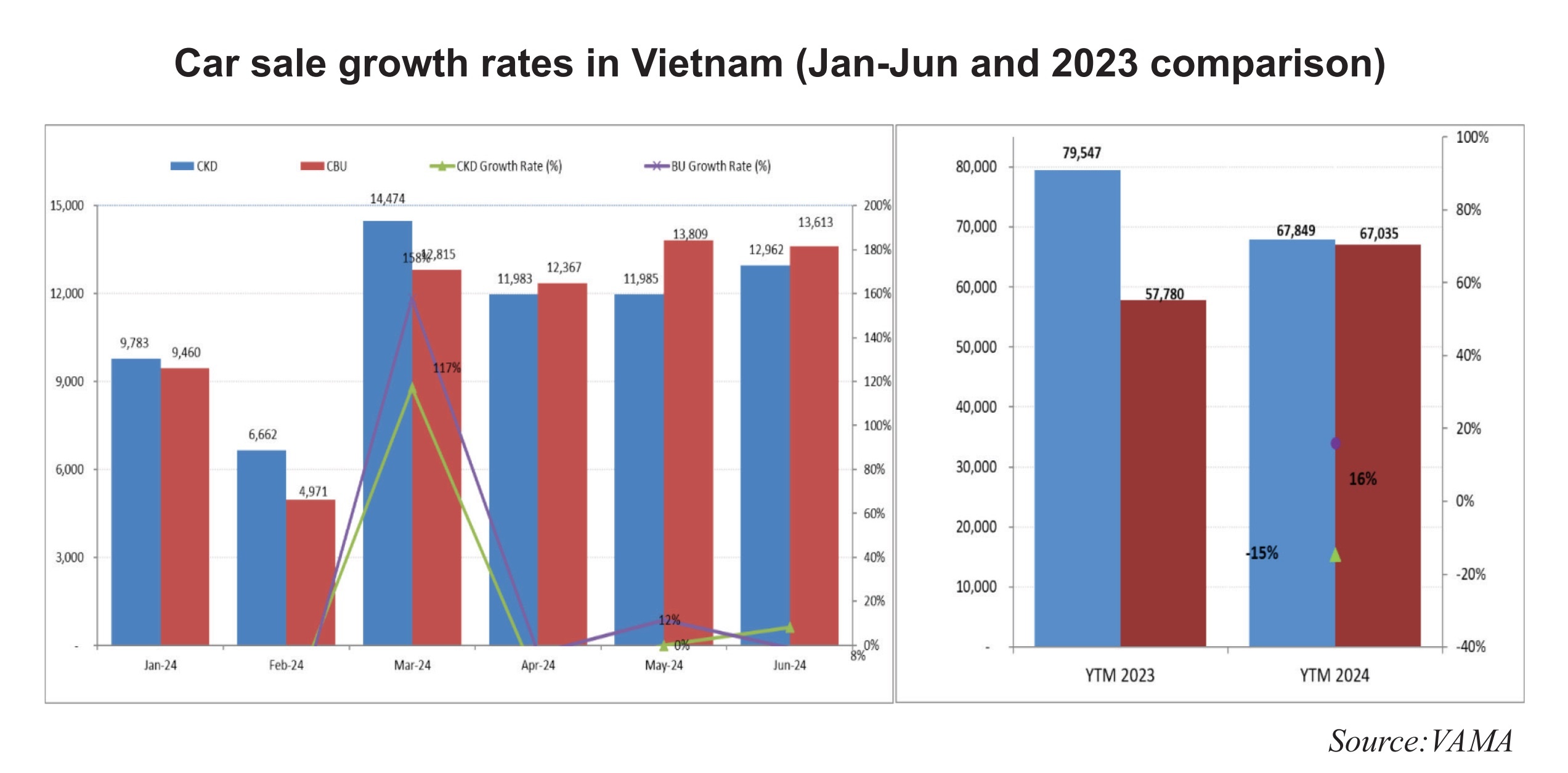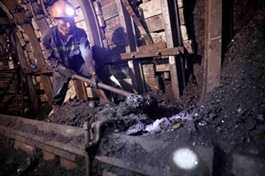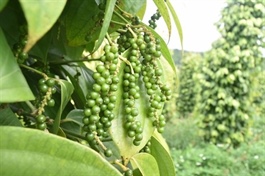Non-fired brick manufacturers struggling with market penetration
Non-fired brick manufacturers struggling with market penetration
Despite being touted as a green and environmentally friendly construction material, non-fired brick manufacturers are facing significant challenges in product distribution.
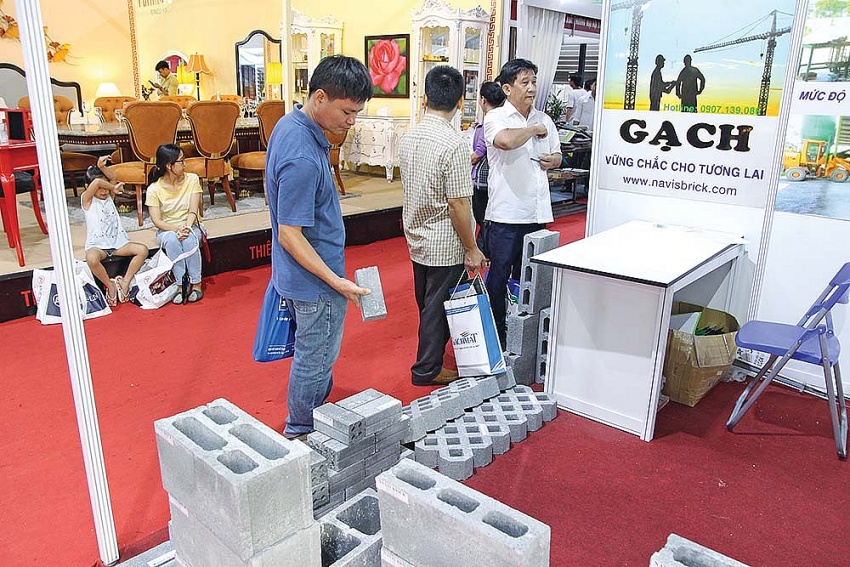
Non-fired bricks, including concrete aggregate bricks, autoclaved aerated concrete (AAC) bricks, non-autoclaved aerated concrete bricks, foam concrete bricks, and extruded hollow concrete panels, share the common attributes of not requiring firing or agricultural land, making them eco-friendly and aligned with current environmental protection trends.
However, despite their advantages, consumption of these products remains low.
Despite the many advantages of non-fired bricks, their market distribution continues to face significant challenges
A factory owner in Tay Ninh province shared that non-fired bricks have been on the market for several years but have yet to win over consumers.
“People do not favour this type of brick, and it is rarely used in construction. If at all, large block bricks are used for fences or terrazzo for paving,” he said.
“Using non-fired bricks correctly requires skilled labour. However, most contractors and builders here are only familiar with traditional bricks, leading to errors and compromised construction quality which result in leaks and cracks, tarnishing the product’s reputation,” he explained.
Similarly, Dai Dung Green Materials JSC has invested in modern production lines to enhance product quality to compete with other firms. Nonetheless, the company is still struggling with sales.
Trinh Nhien, director of Dai Dung Green Materials JSC, noted, “Non-fired bricks are primarily used in state-funded projects, with limited adoption in private projects due to consumer habits and higher costs compared to traditional clay bricks.”
“Additionally, shortages of raw materials and rising construction material prices impact production costs for non-fired brick manufacturers,” He added
From a professional perspective, Thai Duy Sam, vice chairman of the Vietnam Association for Building Materials, reported that as of 2023, the country had 2,500 non-fired brick production facilities with a total design capacity of 15 billion standard bricks per year. However, consumption has significantly declined.
“In 2019, consumption reached 4.8 billion non-fired bricks, but by 2023, it only reached 2.8 billion, forcing many manufacturers to close down, with others operating at only 30 to 50 per cent capacity,” Sam said.
“In 2010, Vietnam had 12 AAC production plants, but now only four remain operational.”
To address the current issues, Nhien suggested expanding product distribution to provinces neighboring Ho Chi Minh City.
“The potential market in provinces like Long An, Binh Duong, and Dong Nai is still vast, with many public and infrastructure projects under development,” Nhien shared.
From an expert’s viewpoint, Sam believed that to strongly promote green, eco-friendly, and energy-saving materials, Vietnam needs policy changes.
He stated, “Vietnam should continue to review, amend, and supplement policies to boost the production and use of low-emission and energy-efficient building materials. Policies supporting green building material manufacturers in investment, finance, and taxation will help reduce product costs. Incentives for projects using green building materials and penalties for policy violations are also necessary.”



